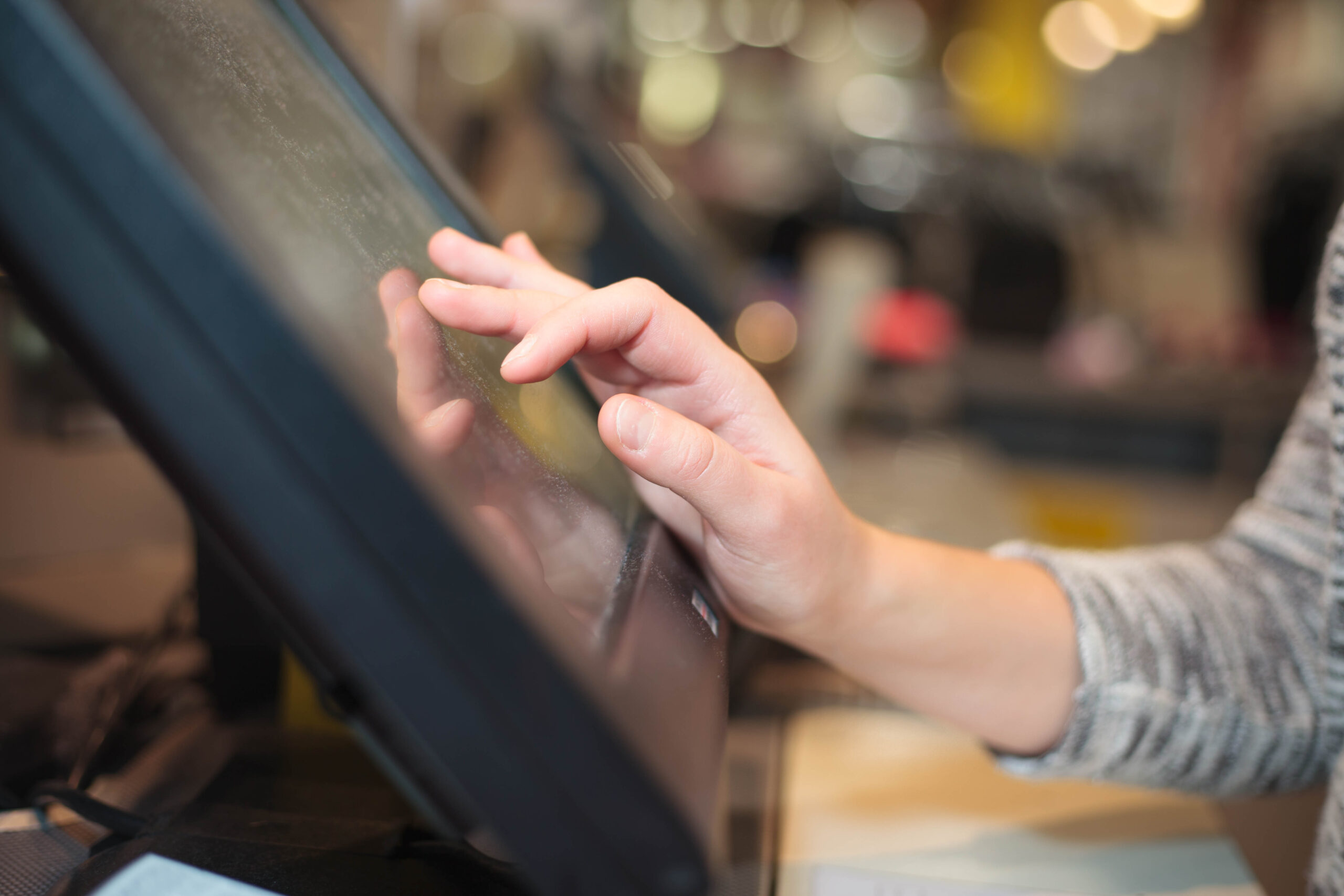Digital or mobile wallet payments dominated e-commerce and point-of-sale (POS) transactions in the Asia-Pacific (APAC) region in 2024, with China leading the charge. In China, digital or mobile wallet payments accounted for almost 85 percent of the e-commerce transaction value and around 70 percent of the POS payment value. In Malaysia, digital wallets represented around 25 percent of e-commerce and 29 percent of POS payments in the same year.
Digital wallets are becoming the primary payment method for e-commerce in APAC, with a 74 percent share of the e-commerce transaction value in 2024. In Southeast Asia, mobile wallets have emerged as a highly adopted e-commerce payment method, currently accounting for around 25 percent of its total e-commerce transaction value. Mobile wallet user bases in Southeast Asian economies are expanding rapidly. In Indonesia alone, the number of wallet users has surpassed 125 million. This surge is largely driven by the convenience, speed, and ease of use these payment solutions offer, making them the preferred method in many Asian countries.
While digital wallets are gaining traction, traditional payment methods still hold a significant market share in some APAC countries. In Japan and South Korea, credit cards remained dominant for both e-commerce and POS transactions in 2024. More than half of the e-commerce transaction value in these two countries were attributable to credit cards.
New Zealand and Australia present a different payment trend, with debit cards maintaining a significant market share. Debit cards made up around 23 percent of e-commerce and 41 percent of POS payment value in New Zealand, and approximately 20 percent and 38 percent, respectively, for Australia. Notably, Buy Now, Pay Later (BNPL) services are making inroads in both countries, accounting for more than 13 percent share of e-commerce payment value in 2024, significantly higher than in other Asian markets.












